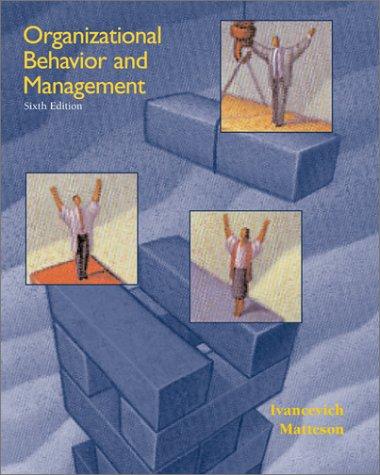What is the relationship between the economic policies of the Bank of Canada and those of the federal government?
Question 16 options:
| a) | They usually have similar goals concerning the direction to move the economy. |
|
| b) | They are both controlled by the nation. |
|
| c) | They are always unrelated. |
|
| d) | They are usually in conflict. |
|
Question 17 (1 point)
The action of individuals or private institutions buying a newly issued Canada Savings Bond or a treasury bill:
Question 17 options:
| a) | is unrelated to both government budget surpluses and deficits. |
|
| b) | is borrowing by the government to finance a budget deficit. |
|
| c) | is a result of a government budget surplus. |
|
| d) | decrease the size of the government's debt. |
|
Question 18 (1 point)
All of the following except one are functions of the Bank of Canada. Which is the exception?
Question 18 options:
| a) | It is the regulator of the money supply. |
|
| b) | It is the sole issuer of currency. |
|
| c) | It is auditor and inspector of the commercial banks. |
|
| d) | It ensures that the commercial banks remain profitable. |
|
Question 19 (1 point)
What is the purpose of the Bank of Canada?
Question 19 options:
| a) | It supplies the economy with currency. |
|
| |
| c) | It acts as auditor and inspector of the commercial banks. |
|
| d) | It acts as a financial agent for the federal government. |
|
Question 20 (1 point)
What is the effect of an increase in the money supply?
Question 20 options:
| a) | It will decrease the quantity of investment spending. |
|
| b) | It will decrease the demand for money. |
|
| c) | It will increase the interest rate. |
|
| d) | It will lower the interest rate. |
|
Previous PageNext Page
Page 4 of 8
Submit Quiz






